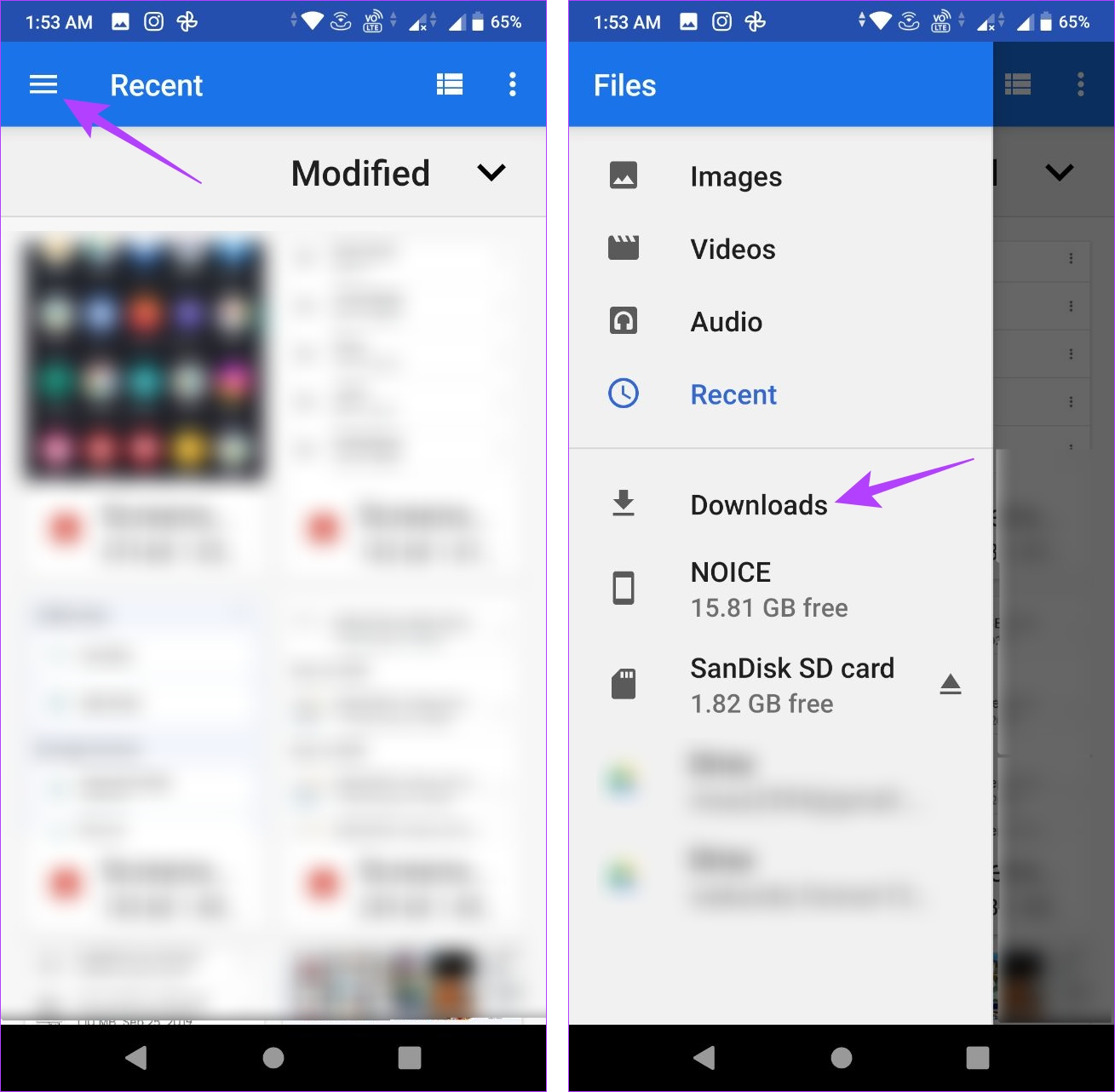New Step by Step Map For downloads for android apps
New Step by Step Map For downloads for android apps
Blog Article
Downloading files on your Android device is straightforward, but situating them can be a problem. Prior to you understand it, pictures, videos, screenshots, and various other data clutter your phone. You need to recognize where those downloads went to make sure that you can erase unnecessary records that are occupying area on your phone.

This guide shows you just how to locate an important documents that vanished and how to organize your Downloads folder. Below's exactly how to find downloads on your tool, whether you utilize one of the most effective Google Pixel phones or an additional Android smartphone.
Find your downloads with the default documents manager
Every phone manufacturer may give a distinct pre-installed Android application for arranging files, yet your usage needs to be comparable. If you have a Samsung gadget, you can consult our guide on locating downloads on your Samsung Galaxy phone.
Just like other preferred os, Android has a assigned Downloads folder for saving documents. To locate your downloaded and install documents on your device, comply with these actions:
1. Open up the Files or My Data application from the home screen or app drawer.
2. Seek a section called Downloads.
3. Tap it to check out the documents you downloaded.
Use the Data by Google application for your downloads
Several Android file manager applications on the Google Play Shop permit you to locate your downloaded data. Data by Google is just one of the best options if you don't wish to take care of difficult UIs. It's also a good replacement for any type of default data supervisor application preinstalled on your tool.
4. Open the Files app.
5. Select the Browse tab at the bottom.
6. Faucet more info Downloads.
7. Select the Download and install tab to see the documents because folder.
Find your downloads by hand
If you're unable to situate the Downloads folder on the major web page of your data manager app, attempt accessing your phone's inner storage space instead. Here's a step-by-step overview on just how to do it:
1. Open up the Files app.
2. Select the Browse tab near the bottom.
3. Scroll down and most likely to Interior storage.
4. Tap the Download and install folder.
Relocate your downloads to one more place
Transferring files out of the for different factors, especially for files that hold delicate or personal information. Putting such files in their marked folder improves their security and lowers the danger of unintended removal. Furthermore, it aids prevent them from being lost among the multitude of unrelated files you may download.
1. Open the Files app.
2. Navigate to your Download folder.
3. Tap the three-dot menu to the right of any file.
4. Choose the Move to option.
5. Tap Internal storage at the bottom.
6. Select any location or folder.
7. Tap Move here to transfer the file to that location.
You can also use the Copy to option and paste these files to another location. This allows you to create as many duplicates as you want without removing the original files from your Download folder.
View the exact location of your downloadsM/b >
At times, you might need to locate the Download folder click on the three-dot menu beside a downloaded file and select File info. For many up-to-date Android devices, the default path for downloads is/ storage/emulated/0/ Download. Although certain third-party web browsers could save files elsewhere, this is typically the primary download location.
Managing your downloads is easier than you think
Google's Files app is a great option if you prefer simplicity in a file manager. It has a clean UI and easy-to-use features. The app neatly organizes your documents by file types like downloads, images, videos, and audio. It also offers to clear junk files.
When it comes to organizing and cleaning, you can create extra storage room by mastering the removal of unnecessary WhatsApp media files. On select Android devices, you have the option to add an SD card if storage space remains limited.
Report this page